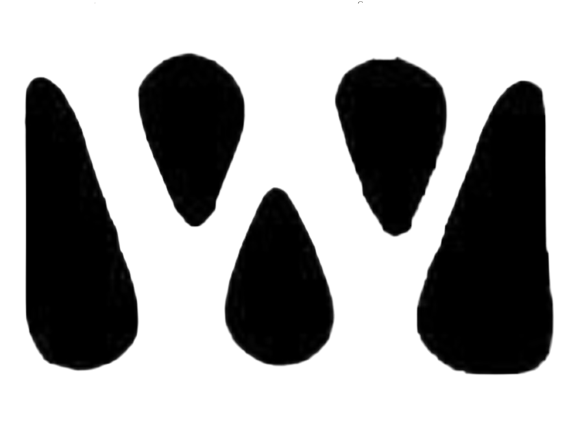Southern Living Magazine Article
by Steve Bender | Photography- Sylvia Martin
The following is a reproduction of the April, 1995 article that appeared in Southern Living magazine about Weston Gardens.
Randy and Sue Weston are horticultural heretics. At Weston Gardens, their nursery in Fort Worth, they refuse to sell creeping junipers. They refuse to sell Indian hawthorns. They even refuse to sell Burford hollies. So how do these green industry iconoclasts stay in business? By specializing in lesser-known trees, shrubs, and perennials well adapted to the soils and climate of Central Texas.
They didn't start out breaking rules. Up until about 10 years ago, they followed a mainstream path. They grew up in the Texas Panhandle, went to college at Texas Tech, met on a blind date, hit it off, and got married. She became a C.P.A. and he a computer whiz. For six years they partook of corporate America. Then something just snapped.
'We decided we didn't want to debug endless lines of computer codes, work in glass buildings, or count beans for financial scorecards," recalls Randy. So they left their jobs and set up a nursery on rural property they owned. Why start a nursery and not, say a general store? "We're both farm and ranch reared and wanted to get back to the land," he replies. "We believe that plants and beautiful gardens can make a difference in our lives."
Plants have made the difference for the hundreds of customers who travel to Weston Gardens for species they can't find elsewhere—plants such as gaudy, beaming winecup (Callirhoe involucrata) or the hummingbird magnet called turk's cap (Malvaviscus arborous drummondii). Though many of their plants are Texas natives, some, such as Russian sage (Perovskia atriplicifolia), hail from abroad. Yet almost all share certain characteristics—they're tough, need little water or spraying, and tolerate alkaline soil.
It's difficult to get most people to try unfamiliar plants until they've seen them in a garden setting. So in 1988 Randy and Sue bought an old estate across the street from their nursery. Today a series of newly installed gardens allows the Westons to display their botanical wares.
Come looking for a flowering tree and you won't be shown a run-of-the-mill Bradford pear or crabapple. Instead, Sue might suggest chaste tree (Vitex agnus-castus), extolling its aromatic foliage and deep-blue flowers. Or she might direct you to a Mexican plum (Prunus mexicana). Its white spring blossoms smell sweet as honey. Moreover, the leaves turn orange-red in fall, and the fruit makes delicious jam.
Need a sturdy shade tree with outstanding fall color? Try a Caddo sugar maple (Acer saccharum Caddo), says Randy. "It turns multicolored in fall—pinks, oranges, yellows, and purples—just like a sweet gum," he notes. Unlike Eastern sugar maples, it thrives in rocky, alkaline soil.
Texas ash (Fraxinus texensis) is another favorite. Fast growing and drought tolerant, it turns gold, orange, and purple in autumn.
What about perennials? Randy and Sue can point you to dozens of time tested flowers, ornamental grasses, and ferns that have proved their grit. Ten of their top picks appear in the box below.
Known as a source for uncommon plants, the Westons have established their niche. Fortune should follow— that is, as long as they maintain an eye on Jackson, their 3-year-old son. "He likes to rip off all the display items," says a bewildered Randy. "There goes all our profit margin."
